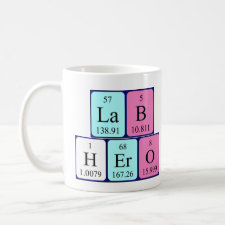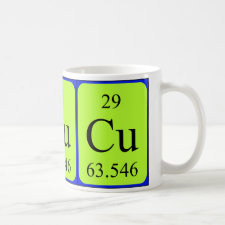
Authors: Fujiwara I
Article Title: Preparation of anion-imprinted resin by a surface-imprinting polymerization method and its use for chemical separation.
Publication date: 2005
Journal: Bunseki Kagaku
Volume: 54
Issue: (3)
Page numbers: 243-244.
Alternative URL: http://pubs.rsc.org/en/Content/Database/AWB6737B10010
Abstract: A imprinting polymerization method is useful for the preparation of functional host polymers. Anion-imprinted resins prepared by the "surface imprinting polymerization method (SIPM)", which builds an imprinted structure on the surface of a particle, were investigated. First, ferrocyanide-imprinted resins were prepared by SIPM with ferrocyanide (template) from an O/W emulsion consisting of oleylamine (functional surfactant) and divinylbenzene (matrix monomer), and were also prepared using quarternary ammonium salts for stabilizing the emulsion. This resin adsorbed ferrocyanide ion more effectively due to the imprinting operation (imprinting effects) than a non-imprinted resin (reference). From the IR spectra of ferrocyanide adsorbed on the resin, the ferrocyanide was adsorbed on a ferrocyanide-imprinted resin surface that had a more hydrophobic environment to compare with the non-imprinted resin. Second, condensed phosphate anion-imprinted resin was prepared by SIPM with oleylamine and oleylalcohol, which is a neutral auxiliary surfactant. Then, a double amount of oleylalcohol against oleylamine was suitable for preparing tripolyphosphate-imprinted resin. Because the tripolyphospbate was less adsorbed on the pyrophosphate- and phosphate-imprinted resin than the tripolyphosphate- and non-imprint resin, the selectivity to the target anion was found. Third, an organic anion-imprinted resin was also investigated. Finally, ferrocyanide-imprinted uniform microspheres (ca. 0.4 mu m diameter) were prepared using the pyridinium group by combining seeded emulsion polymerization method and SIPM; they were found to adsorb ferrocyanide ion about 200-times more strongly than non-imprinted ones. Cu(II)-imprinted microspheres as well as anion-imprinted ones were prepared using the imidazole group, and those adsorbed a template more effectively than did the non-imprinted ones.
Template and target information: ferrocyanide ion, copper ion, Cu(II)



Join the Society for Molecular Imprinting

New items RSS feed
Sign-up for e-mail updates:
Choose between receiving an occasional newsletter or more frequent e-mail alerts.
Click here to go to the sign-up page.
Is your name elemental or peptidic? Enter your name and find out by clicking either of the buttons below!
Other products you may like:
 MIPdatabase
MIPdatabase









